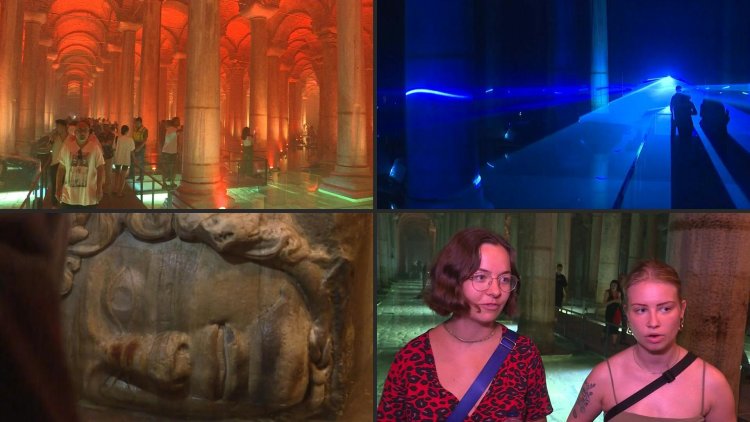Mystical water underworld of past empires reopens in Istanbul

The Basilica Cistern Justinian the Great built for the capital of his Eastern Roman Empire in modern-day Istanbul has reopened after a five-year makeover that has transformed the water storage site into a refreshingly cool haven of underground sound and light.
Built in AD 542 near the Hagia Sophia mosque -- then a cathedral -- the basilica was once part of a network of more than 100 cisterns begun by the Romans and completed by the Byzantines and Ottomans to supply the city and its palaces with running water.
It has been completely shut since the coronavirus pandemic in 2020, allowing workers to strengthen and clean up the 138-metre by 65-metre water palace, said Aysen Kaya, deputy head of the municipality's heritage department.
The pink brick walls have also been cleared of traces of past, less elegant renovation efforts.
The Basilica Cistern could store nearly 80,000 litres of water, which cascaded down aqueducts from mountains 19 kilometres to the north.
The feat helped protect the Byzantines from summer drought.
The renovation also includes a lower footbridge above the water, bringing tourists within half a metre of its surface. And with improved lighting, the floor is now visible for the first time.
At the heart of the 1,500-year-old structure, a triumph of the art and techniques of its time, modern works have been inserted for extra effect, such as a grasping hand emerging from the water.















